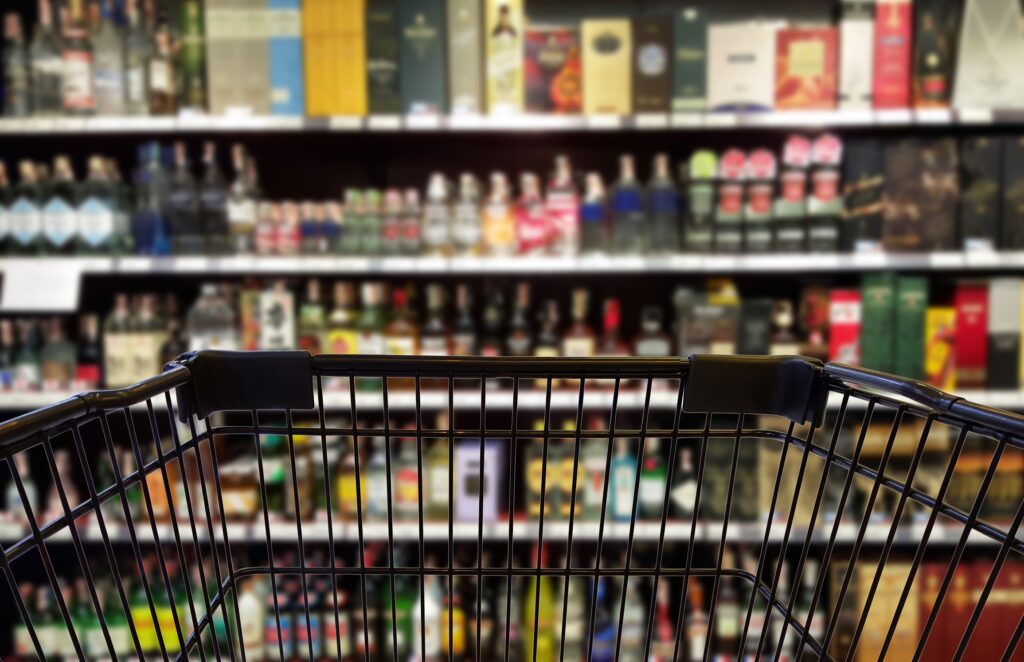Here’s how to keep police from shielding ‘bad apples’ like George Floyd’s killer
The reason people are so mad is because they see the Floyd incident play out over and over again. The reason that happens is because of the police unions, which protect overly aggressive officers. Chauvin, for instance, was the subject of 18 previous complaints.
The Minneapolis killing brought to mind a similar case from the Sacramento area. On a blistering June day in 2017, police officers from suburban Citrus Heights pinned an unarmed shirtless African American man named James Bradford Nelson III to the pavement outside a KFC restaurant after he reportedly was having mental-health issues.
As The Sacramento Bee reported, Nelson was “held face down on the pavement — handcuffed — on that 100-degree afternoon for approximately five minutes as he screamed and flailed about.” The temperature of the asphalt was estimated at 170 degrees, and Nelson’s encounter with police left him permanently disfigured and suffering from various ailments.
The incident made little news at the time, but in 2019 The Bee reported that Citrus Heights officials quietly agreed to a $1.2 million settlement with Nelson — after he and his attorneys agreed not to make public statements about the agreement. The newspaper, which learned about it from a public-records request, offered no information about the fate of the officer who had detained Nelson that day.
The main difference between the Floyd and Nelson encounters is that Floyd’s death was captured on video and all four officers eventually were charged with crimes. In most cases, violent police encounters are not widely seen, and district attorneys rarely prosecute cases against officers. It’s even rarer that the public learns about any internal discipline.
We can rattle off endless examples, not only of police who commit brutal acts but of officers who go unpunished even after their deeds are filmed. Often, they are reinstated with back pay after the internal investigation clears them of criminal activity. Thanks to “qualified immunity,” officers cannot be held liable for violating the public’s constitutional rights. Use-of-force laws give police wide latitude to use violence.
Firing an officer is an extraordinarily difficult proposition. We liken it to the situation with teachers. Everyone respects teachers and the tough job they perform, but we also understand that the system of job protections makes it so costly and time-consuming for school districts to fire them, that they instead engage in something known as the “dance of the lemons” – whereby bad teachers are sent from one school district to another.
Police unions have immense power in state capitols and on virtually every city council. They help elect officials who do their bidding. They secure the passage of laws such as the Peace Officers’ Bill of Rights, which give these “public servants” more protections than the public they supposedly serve. Unions promote a “siege” mentality that infects entire police departments and are resistant to any type of humane reforms. The only justice comes in the form of a taxpayer-funded settlement.
Critics of the Floyd incident like to say that it’s a result of a few bad apples. But why is it so rare for those “good” cops to speak out against the bad ones? After Anaheim police tragically shot to death a young newlywed who had done nothing wrong, the police chief apologized to his family. That apology made rank-and-file officers angry.
Why is that the case? It’s because the union-promoted culture places “officer safety” above everything else, even above the safety of the community that the police are supposed to protect and serve. By the way, when people talk about a few “bad apples” they forget the rest of that cliché. Those bad apples spoil the whole barrel.
These hyper-partisan times entice people to view these matters through a political lens. Typically, Democrats are perceived as favoring the Black Lives Matter protesters and Republicans are perceived as favoring the police. In reality, the situation has reached this boiling point on a bipartisan basis. California has the most far-reaching police protections in the nation, which is because of the Democratic Party’s closeness with public-sector unions.
State officials allied with police unions have also fought against complying with new open-records laws that reveal information about hundreds of officers who were convicted of crimes, but who continue to patrol the streets. Here we see how unions quash sunlight, which remains a tried-and-true disinfectant for government abuse.
The nation needs to break out of these binaries. Police abuse primarily is a policing problem, albeit with a racial component. There’s nothing wrong with talking about systemic racism on the left, or a breakdown of law-and-order on the right. But the best way to combat the abuses we’ve seen is by rolling back union protections that make it inordinately difficult to get rid of overly aggressive officers.









